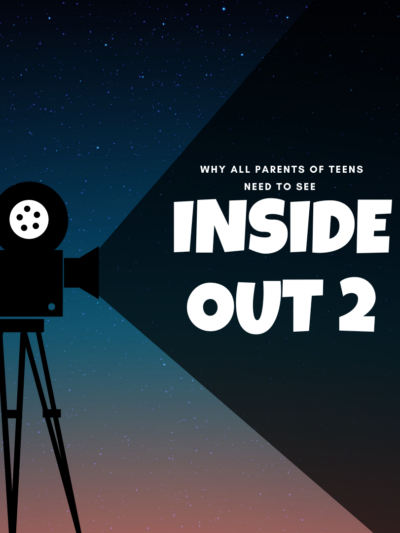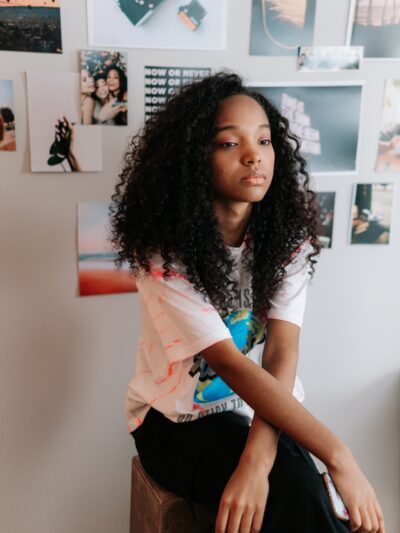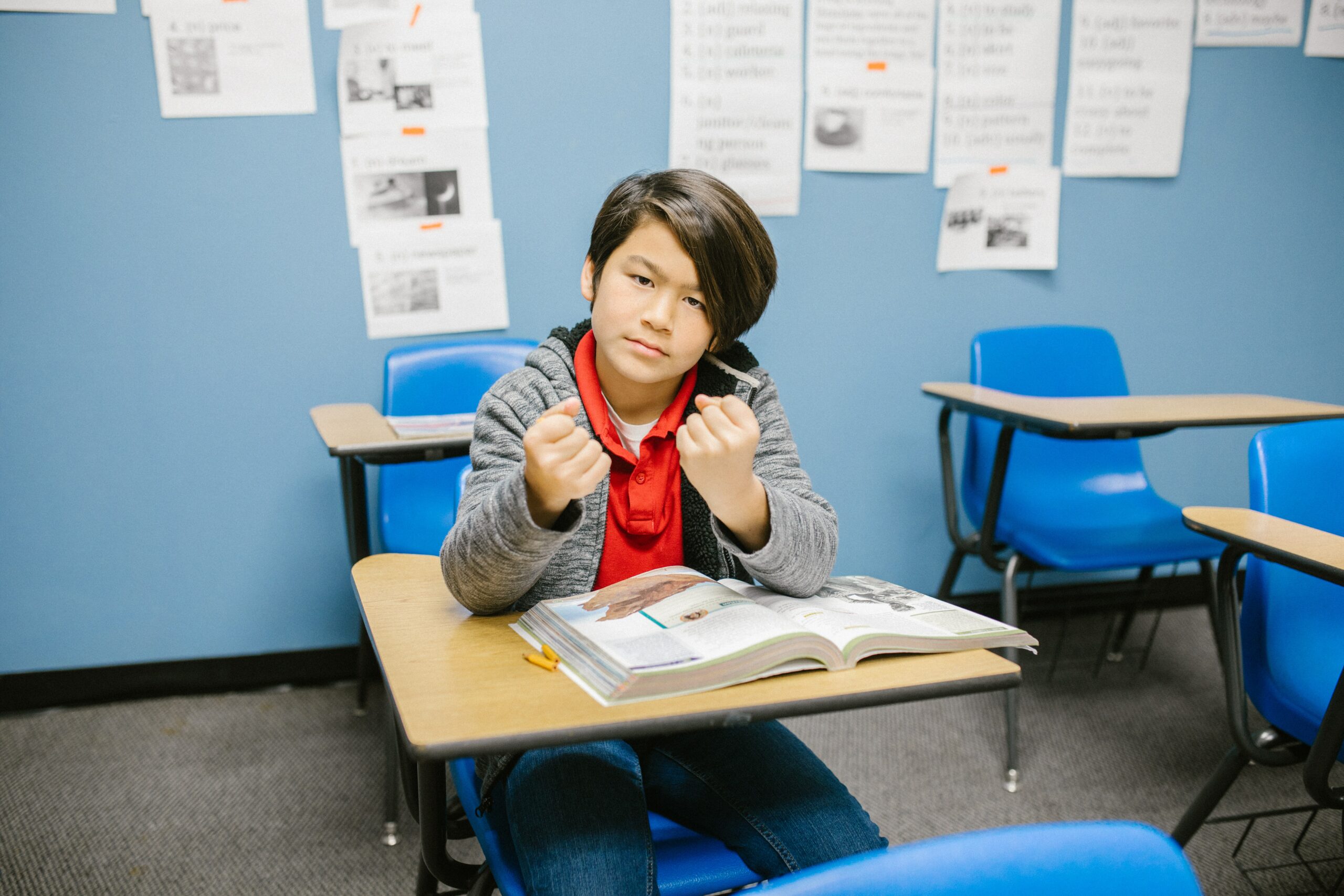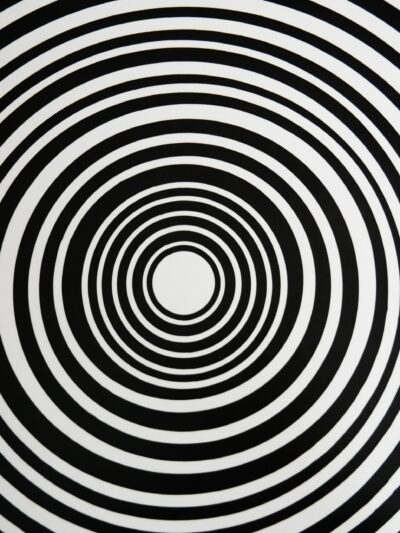I went to see Inside Out 2 with my soon-to-be-18-year-old daughter on opening night, and I’m so glad I did. As someone who swims in the waters of all things teen, I’ve been looking forward to the release of this film since I learned it was in creation.
If you’re familiar with the original Inside Out, you’ll recall that the film features the main character, Riley, as well as a cast of personified emotions that live inside her brain, protecting Riley by showing up when she needs them: Joy, Fear, Sadness, Disgust, and Anger.
These same five emotion-characters return in Inside Out 2, and are joined by several new ones brought into Riley’s brain after the “puberty alarm” causes a wrecking ball to smash through the walls of her brain’s headquarters the night before she leaves for a week-long ice hockey camp with her two BFFs.
Puberty: it seems to happen overnight!
Yes, overnight, Riley goes from agreeable kid to hypersensitive, hyper-emotional, sometimes self-absorbed teen, a transition that many parents of teens (and probably teens themselves) can probably identify with.
For the rest of the film, Riley’s brain’s headquarters remains “under construction”, and Riley’s old faithful emotions (Joy, Fear, Sadness, Disgust, and Anger) jockey for control of the motherboard with newcomers Envy, Embarrassment, Anxiety, and my personal fav, Enhui. (Think bored teen who can’t be bothered to give more than a one-word answer or turn her nose away from her iPhone.)
If you are the parent of a teen–and if you’re reading this there’s a good chance that you are–I cannot recommend this film more highly. It is a delightful and spot-on representation of the science–and drama that takes place in the teenage mind thanks to the uneven and unfinished brain development that typifies adolescence.
Insight Out 2 has the teen brain nailed.
One of the very first things I talk about with all of my parent coaching clients is the changing nature of the teen brain in the years between the onset of adolescence and early adulthood. Disney Pixar takes all of that info, as well as the science of learning, attachment, and social connections and weaves it all into 96 minutes depicting Riley’s week trying to navigate ice hockey camp while her emotions, ALL of whom believe they are protecting Riley, are warring with one another.
Like your own teens, Riley repeatedly makes choices that run counter to her values or long-term goals in order to serve an immediate (emotional) need. As a viewer, you get an “inside out” view of the emotional messiness driving this conduct.
If you’ve ever looked at your teen and thought to yourself (or said out loud),
“What the heck were you thinking?”,
please go see Inside Out 2. Your teen might not be able to answer that question for you, but Disney Pixar does a pretty good job.








 How to Address Conflicts with Teens: Repairing Relationship Ruptures
How to Address Conflicts with Teens: Repairing Relationship Ruptures
Leave a Reply